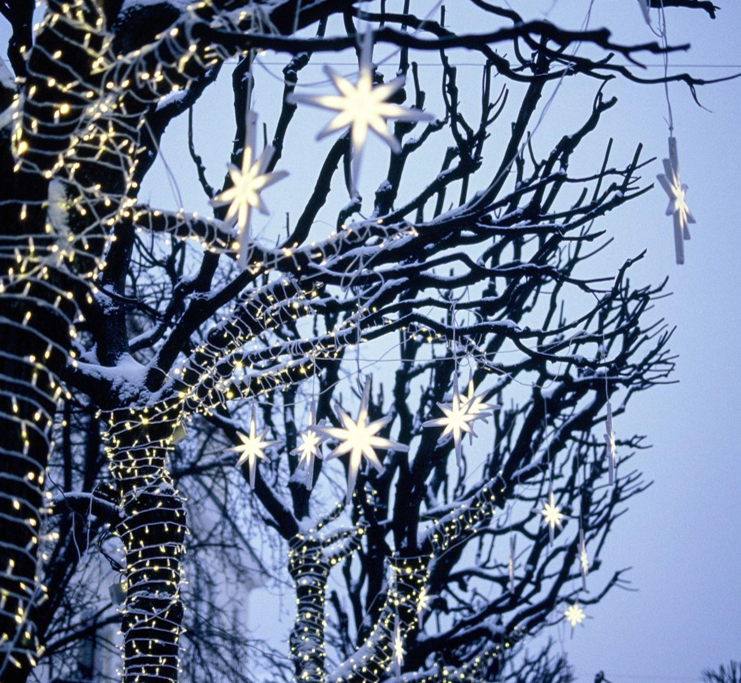Picking the right tree is the first step when setting up the perfect Christmas ambiance. But should you go for a natural or an artificial tree? Each option has its merits and drawbacks, so let’s take a closer look at both to determine which is the most realistic.
Natural Christmas Trees
For many people, nothing beats the authentic aroma and texture of a natural Christmas tree. Plus, there’s something magical about spending time outdoors with loved ones, picking out the perfect tree to bring home and decorate. But is it worth the effort, and is it environmentally sustainable?
One significant benefit of natural trees is that they are biodegradable and can be recycled to create mulch or soil erosion barriers. However, growing Christmas trees requires many resources, including water, energy, and pesticides. In addition, many trees are transported long distances, creating additional carbon emissions.
Another factor to consider is that natural trees require maintenance, such as regular watering and needle cleanup. Plus, they have a limited lifespan – on average, a natural tree can last between four and six weeks before losing its needles and becoming a fire hazard. This means you’ll need to purchase a new tree yearly, which can become costly.
Artificial Christmas Trees
An artificial tree might be the answer if you’re looking for a low-maintenance option that can last for years. Today’s artificial trees come in various styles and sizes, from realistic-looking pine to modern alternatives like black or silver.
One significant advantage of artificial trees is their longevity. A high-quality tree can last many years, reducing the need for constant replacements. Plus, they don’t require the same level of upkeep as natural trees – no watering, needle cleanup, or worrying about fire hazards.
However, it’s important to note that artificial trees are not biodegradable and can be challenging to recycle. Many are made from PVC, a non-renewable resource that emits toxic chemicals during production. Plus, they are often produced in factories overseas and transported long distances, contributing to carbon emissions.
Which Is More Realistic?
When it comes to determining which option is the most realistic, it largely depends on personal preference. If you love the smell and feel of a natural tree and don’t mind the extra effort and cost, then that’s the way to go. However, if you want a hassle-free option that looks good year after year, an artificial tree might be your style.
Ultimately, picking the right tree aims to create a warm and authentic touch that adds to the festive season’s magic. Just remember to enjoy the process and time spent with loved ones, whether natural or artificial. Happy holidays!
Conclusion:
In conclusion, both natural and artificial trees have their benefits and drawbacks. At the same time, wild trees offer an authentic aroma and texture but require maintenance and a limited lifespan. On the other hand, artificial trees are long-lasting and low-maintenance but contribute to non-renewable resources and toxic emissions.
When it comes to deciding between the two, it ultimately depends on your personal preferences and values. Consider factors such as sustainability, convenience, and cost before choosing. Enjoy the festive season with a warm and authentic touch regardless of your choice.
